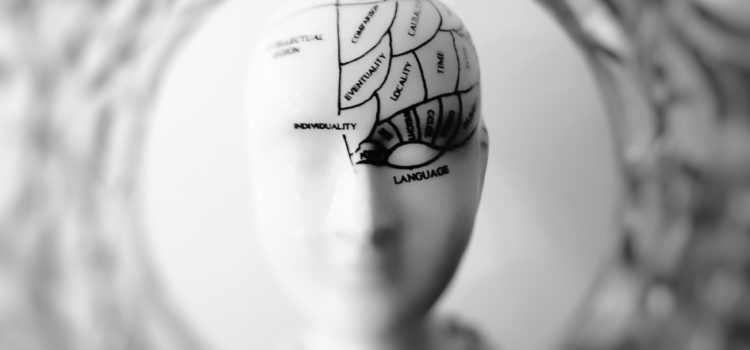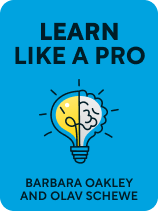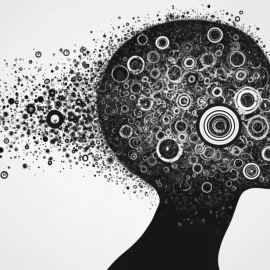

This article is an excerpt from the Shortform book guide to "Learn Like a Pro" by Barbara Oakley and Olav Schewe. Shortform has the world's best summaries and analyses of books you should be reading.
Like this article? Sign up for a free trial here.
How do your working memory and long-term memory work together? What are some ways to improve your memory so you can learn more effectively?
In Learn Like a Pro, Barbara Oakley and Olav Schewe argue that you can become a better learner if you understand more about how your brain functions and adopt learning methods that work with your brain’s learning capabilities rather than against them. A key function they discuss is memory.
Keep reading to understand the importance of memory in learning.
Why Memory Is Essential for Learning
You have two types of memory that work together to help you learn new information and skills—working memory and long-term memory. The authors, stressing the importance of memory in learning, explain that putting information into your long-term memory is the key to learning both information and skills. Working memory plays a crucial role in this process.
(Shortform note: The science of memory and learning is complex, and there’s no absolute consensus among scientists and researchers about how memory and learning happen in the brain. Oakley and Schewe have drawn from several models and theories for this book. The one they emphasize for their theories of working memory and long-term memory is the Atkinson-Shiffrin Model, outlined in Make It Stick, which says that memory involves the encoding, storage, and retrieval of information and that there are different types of memory (such as short-term memory and long-term memory).)
Long-Term Memory Is the Key to Learning
Full, effective learning happens when information enters and stays in your long-term memory. This happens through neural connections: When you learn something, your neurons connect, forming pathways. When you learn something simple, like memorizing a phone number, those pathways are short. But, when you learn something complex, the pathways grow longer and form webs of connections that cement learning into your long-term memory.
The more you use neural pathways, the stronger the bonds between the neurons become, and the better they become a part of your long-term memory. This is why, when you practice a skill many times or when you review and recall information often, you’re less likely to forget it. Lots of long and strong pathways in your long-term memory allow you to genuinely understand concepts and easily execute skills—for example, when you fully comprehend computer programming or master a kickflip on a skateboard.
(Shortform note: In Make It Stick, Peter Brown, Henry Roediger III, and Mark McDaniel further explain that the bonds between neurons are enhanced by a waxy substance called myelin which coats some of the axons (nerve cell threads) in your brain. It acts like insulation on a wire, helping signals travel faster through synapses. They note that scientists believe the more you practice a skill or think about the information you’ve learned, the thicker the myelin coating on the associated axons becomes, and the stronger and faster the signals to perform that skill or remember that information.)
Working Memory Feeds Long-Term Memory
Before knowledge can enter your long-term memory, it first needs to go through your working memory. Working memory temporarily holds facts, thinks through information, and solves problems. It’s a crucial part of the learning process, but it has limits: Working memory can only hold around three or four thoughts at a time, and if you’re asked to think about more than that, you’ll likely start to forget some of those thoughts.
The authors explain that working memory and long-term memory collaborate in the learning process: The neural links your working memory creates are what eventually enter into your long-term memory once those links have been sufficiently strengthened. Then, those long-term neural links in turn help your working memory operate better: When solving problems or absorbing new information, your working memory reaches into your long-term memory and uses those already established links to connect what you already know with what you’re learning at the moment.
| Understanding Memory: The Working Memory Model Of the many different theories to explain how memory works in our brains, the Baddeley and Hitch Working Memory Model correlates most closely with Oakley and Schewe’s discussion of working memory’s role in forming long-term memory. It proposes that working memory has three parts that process sensory and spatial information and interact with long-term memory to make decisions. This model also suggests that working memory has a limited capacity and is essential for complicated cognitive tasks like problem-solving. The model suggests that an attentional control system is responsible for transferring information from working memory to long-term memory. The attentional control system can be thought of as a gatekeeper, deciding which information is important enough to be transferred to long-term memory. The more attention given to information in working memory, the more likely it will be transferred to long-term memory for later use. |
How to Improve Your Working Memory
The authors explain that, if you’re struggling to understand the concepts you’re learning, it’s probably because your working memory is overloaded. You can optimize your working memory while learning complex material with the following tips:
- Simplify the information you’re working with: Think of easier words to describe the concept and focus on the main ideas rather than getting lost in the details.
- Start with the basic ideas: Focus on the foundational concepts and gradually add more details and complexity as you get more comfortable with the basics.
- Write things down: As you focus on your learning task, make lists of other ideas and thoughts that come into your mind that you don’t want to forget. Writing down words to jog your memory means your notes can function as your memory instead of your brain.

———End of Preview———
Like what you just read? Read the rest of the world's best book summary and analysis of Barbara Oakley and Olav Schewe's "Learn Like a Pro" at Shortform.
Here's what you'll find in our full Learn Like a Pro summary:
- Proven techniques for mastering new skills and knowledge quickly
- How to improve your memory, increase your focus, and manage your time
- Practical tips for how to excel in academic settings






